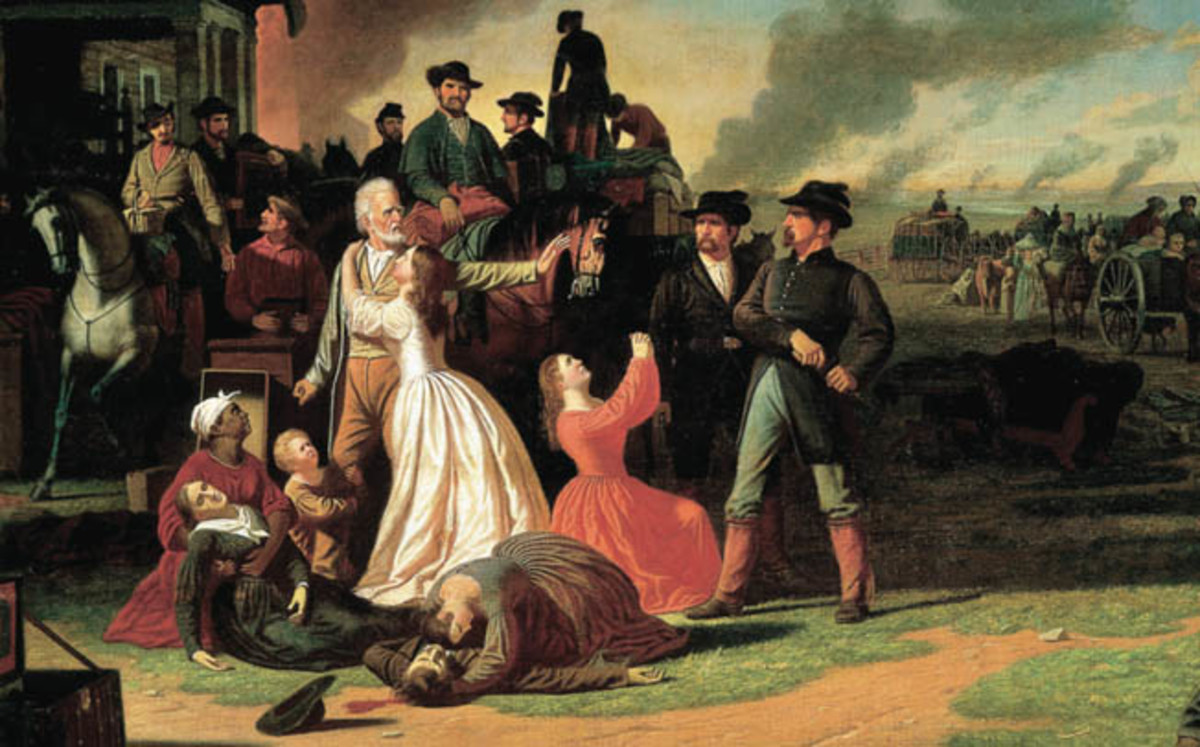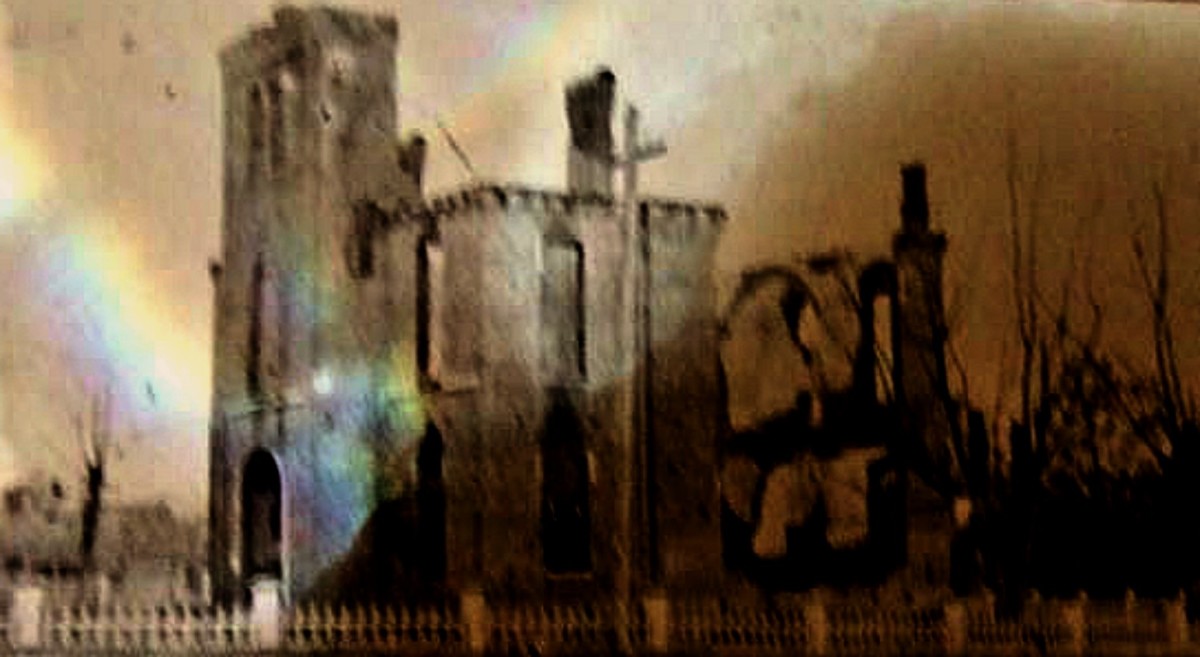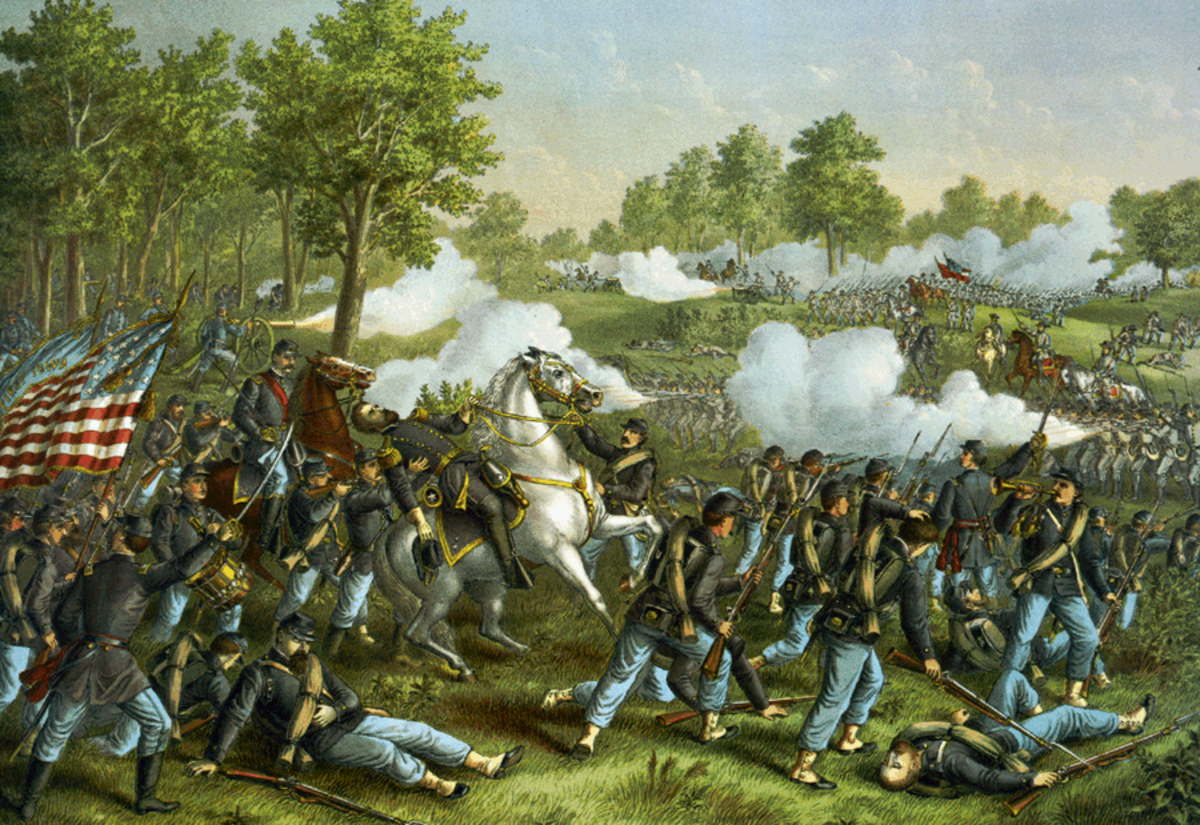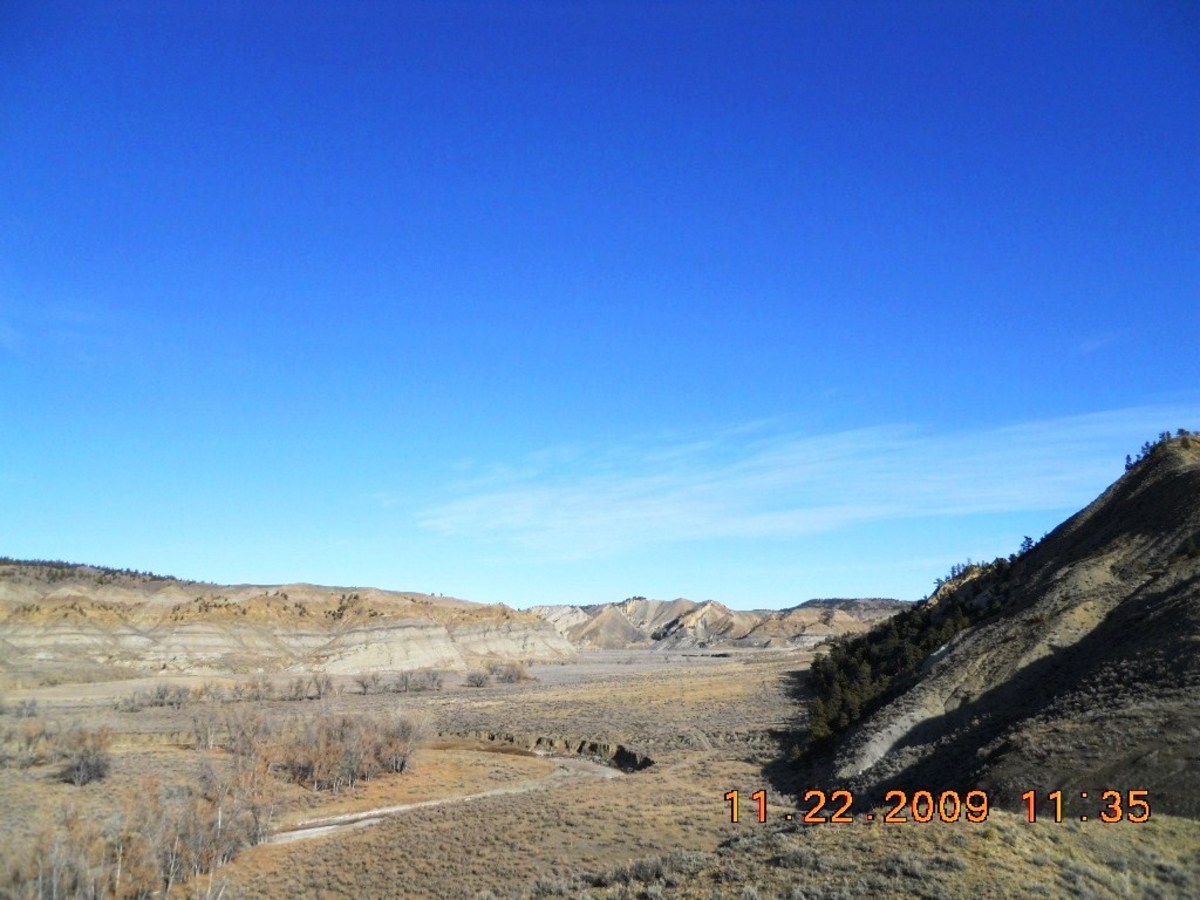Weston Wagons West - Ep. L13 - 1864 promised to be a year of change in Levi Weston's life
Ulysses S. Grant of St. Louis
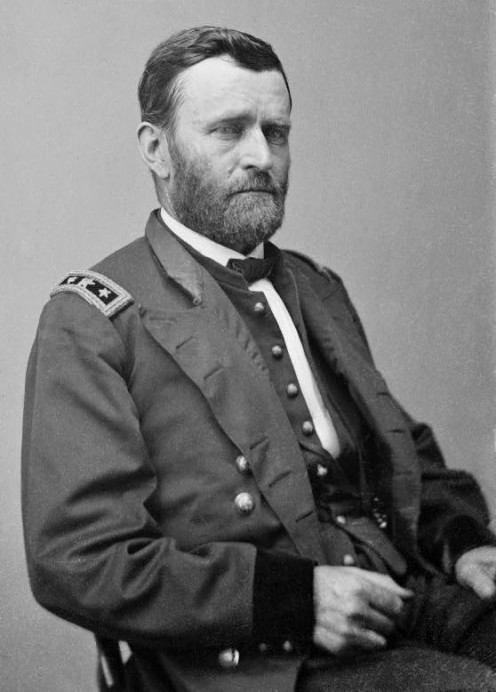
The year 1863 became 1864
David Baldridge was not able to be notified of his parent's death until well after the funeral was over. As his unit was in the process of returning to Missouri anyway, as many of their enlistments approached termination, we was able to get a leave in July to assist his sister, Sarah, in settling the affairs of their parents. In returning to the area, and extended family and friends, he realized that he should have sought to join the Patton Cavalry regiment rather than the infantry. He immediately began to determine how he could join the regiment at the end of his current term of service, in the fall. With considerable assistance, and a little luck, he managed to accomplish that mission. He ended up in the same company in which Liam Olson, also from Oak Springs, served as farrier. They became close friends
Lewis Truesdale and Caroline McDonald managed to plan a wedding for March 15, 1864, and pull it off, at the Patton's place, as Kate had hoped. With careful planning, and only pulling a few official strings, virtually all of the "exiled" Oak Springs valley residents living and serving in the Jefferson City area were able to attend. In terms of positive morale, some felt this gathering may have been a key beginning point where everyone involved began to feel it might be possible to again return to their valley home. At this time, however, the war seemed to still be favoring the South, even though the Union people felt it was inevitable that it would soon change.
On the way home from attending the wedding, Eli Truesdale slipped and took a bad fall on a patch of ice. He broke his hip and his elbow. He did not recover. In six weeks, he had weakened badly and died on April 27th, of 1864, at the age of 74. This was another well-attended funeral for a well-respected member of the community.
The first novel in "The Back to the Homeplace" series of family saga historical fiction stories
Edmund Kirby Smith
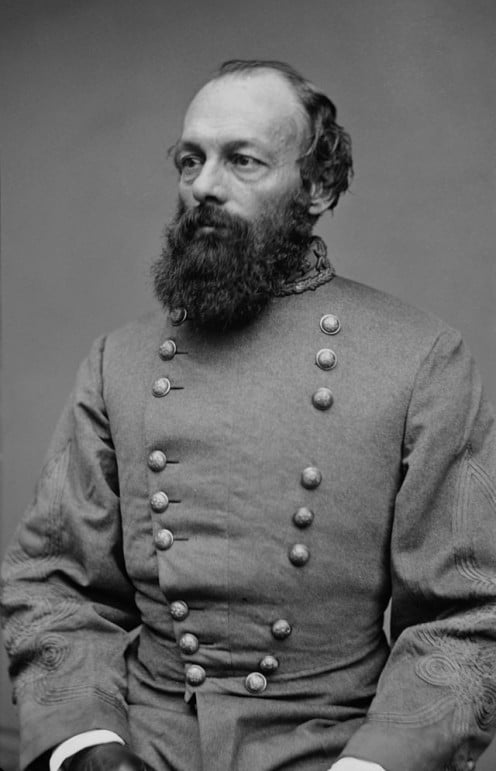
The war began to turn as 1864 approached fall
Ulysses S. Grant now had pinned down Robert E. Lee in the Siege of Petersburg. Philip Sheridan pursued the rebels down the Shenandoah Valley. And, William T. Sherman captured Atlanta. Foreign recognition had not been forthcoming for the Confederacy. Confederate authorities were becoming desperate as the U.S. presidential election approached. During the summer, Confederate Lt. Gen. Edmund Kirby Smith, commander in the Trans-Mississippi theater came up with a plan he hoped would turn the tide. He would re-capture Missouri for the Confederacy, believing it would help turn Northern opinion against Lincoln. He ordered Sterling Price to invade Missouri, advancing on St. Louis. Price was to capture St. Louis and its warehouses with military supplies, then go west to capture Jefferson City, the capital.
General Price began to assemble his 12,000 men "Army of Missouri" - but many of them were reassigned before he could begin what became a cavalry raid rather than an invasion. Among those men he had were many who had deserted and had been returned to duty. Many were barefoot and lacked even basic equipment. Price hoped Missouri locals would rally to his side. He was disappointed in this, of course, because most Missourians did not wish to become involved in the conflict, at all. Only a few Confederate guerrillas joined him. Departing Camden, Arkansas on August 28, 1864, Price did not enter a full battle until September 27, at Pilot Knob, southwest of St. Louis, remembered as the Battle of Fort Davidson. The Union fielded thousands of Missouri militia to meet the threat of Price's raid. Federal troops held off repeated attacks from Price, inflicting heavy casualties on the attackers. The Price forces paid a high price, gaining little of any lasting military value.
Realizing that both St. Louis and Jefferson City were too heavily defended by Union forces, Price moved his men further west to a small town on the Missouri River, Boonville, by October 10. The town was largely sympathetic to the Confederacy and turned out to welcome him. However, his troops engaged in a "two-day orgy of looting." In addition to alienating the local citizenry, it caused a delay in their further advance that gave Federal commanders time to plan a strategy to defeat them. Union command difficulties failed to prevent the movement of Price's forces through Glasgow, Sedalia, and Lexington. At Little Blue River and Independence, Union forces available slowed Price's movement west, but could not stop them. The Battle of Byram's Ford led to the Battle of Westport on October 23. Price could have retreated southward, but chose not to. Here, however, two Union forces came into positions during a four-hour battle that sealed Price's fate, from which his forces would not recover. This battle, later referred to as "the Gettysburg of the West," effectively ended Price's campaign. The remaining Price forces did escape to the south, cutting though Kansas and Indian Territory.
Price's Raid ended at Westport
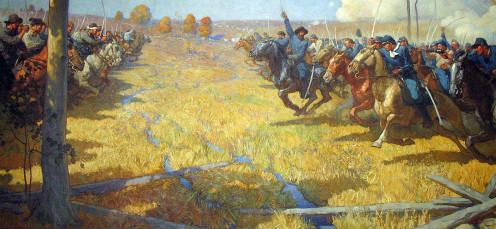
The novella in "The Homeplace Saga" series of historical fiction stories
Sterling Price of Missouri
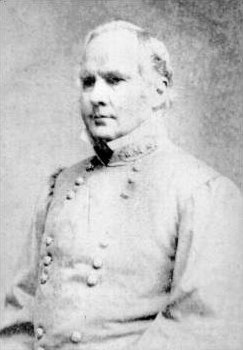
Meanwhile, in Jefferson City…
As Price made his way across Missouri, residents of Jefferson City all assumed defensive positions and most work came to a near halt for many days at a time. Union military presence increased a great deal, and citizens not involved in military necessary operations did their best to stay out of the way and in sheltered circumstances. Necessary harvesting operations that fall were sporadic, at best, as people were careful to only go about their business in the company of others, and with lookouts, at that.
Colonel Patton's Cavalry regiment units were strategically stationed around the Jefferson City region, as their primary responsibility, and scouting parties of good size were used to alert the Union military of the movements of Price's Raid troop movements. The Confederate troops passed through southern Cole County, about 20 miles south of Jefferson City en route to Boonville. Union troops did not engage them as they passed by, waiting to see what would come next, and make the plans necessary to eventually stop them, in western Missouri.
Levi Weston continued to work on his wagon building activities, posting lookouts to assure the site where he and his associates worked was not in danger. Although everyone was on alert and careful it turned out they were never in any real danger… but they all certainly felt as if they were throughout September and well into October. News from Westport in late October was most welcome.
Direct link to the next episode in this series of stories
- Weston Wagons West - Ep. L14 - Lincoln won re-election and the war came to an end…
With Lincoln's re-election, plans began for the folks who had left Oak Springs as the war began to make a return to the valley in coming months and years. Early information returned positive results.
The latest novel in "The Homeplace Saga" series of stories
Historical note by the author
As noted in Episode L1 of this series of historical fiction family saga stories, all of the characters in this episode are fictional. Activities and events are consistent with known historical facts, but are entirely fictitious. The Jacob and Levi Weston characters, as well as the McDonalds, were first created as a part of The Homeplace Saga stories collectively identified as The Founding in Missouri. This current Lx series fills in the early years of the lives of Levi, Jacob and their family.
Historical Civil War troop movements and events included in this episode primarily upon Wikipedia entries along with other readings of the author. Any errors are his alone, in the interest of moving the historical fiction story along.
Some of the stories of the forthcoming "American Centennial at the Homeplace: The Founding (1833-1875)" collection of historical fiction family saga short stories are being published on "The Homeplace Saga" blog, found at the link, below, including those introducing Levi and Jacob Weston. In the links below, I've included one to the more detailed story of Oak Springs during the Civil War.
“The Homeplace Saga” historical fiction family saga stories are the creation of the author, William Leverne Smith, also known as “Dr. Bill.”
Learn more about "The Homeplace Saga" stories
- "The Homeplace Saga" Blog
The home blog for "The Homeplace Saga" series of historical fiction family saga stories set in the southern Missouri Ozarks. All updates of the series are mentioned here, regardless of platform. Watch of the release of the forthcoming collection. - "The Homeplace Saga" Blog: Today's Thoughts on… Part III, of the Founding Book-the rest
A useful link to the happenings in Oak Springs during the Civil War




